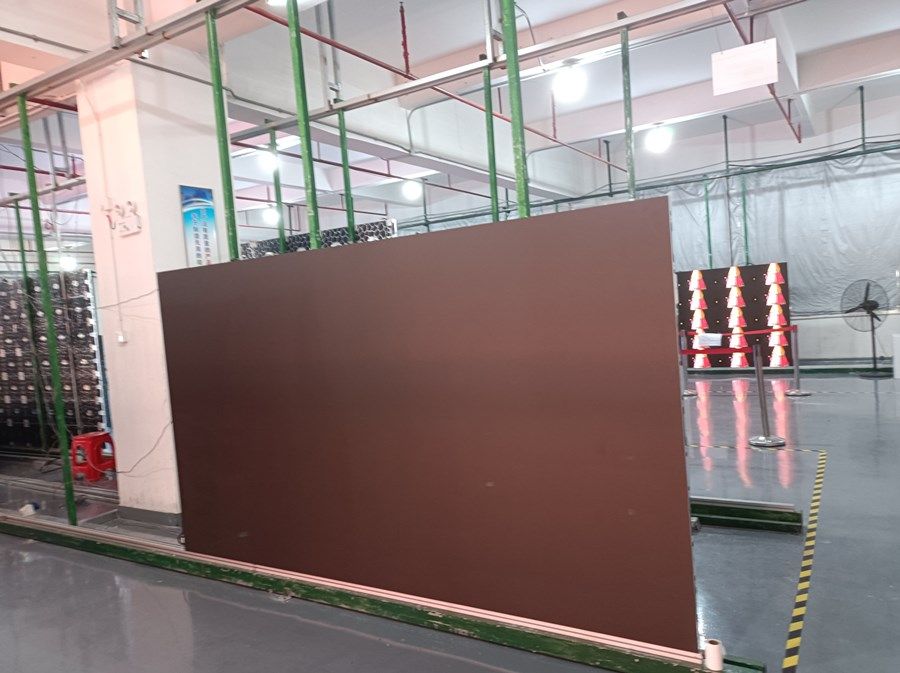Industry news
What is the meaning of gray, brightness and out of control rate in LED display?
What is the meaning of gray, brightness and out of control rate in LED display? Here are led display manufacturers to explain for you.
What is the gray level of LED display screen
Gray scale is the so-called color scale or gray scale, refers to the brightness level. For digital display technology, gray is the decisive factor of the number of display colors. Generally speaking, the higher the gray level is, the richer the color is, the more delicate the picture is, and it is easier to show rich details.
The gray level mainly depends on the A / D conversion bits of the system. Of course, the system’s video processing chip, memory and transmission system must provide the corresponding bit support. At present, the domestic LED display mainly adopts 8-bit processing system.
Although the gray level is the decisive factor to determine the number of colors, it does not mean that the larger the unlimited, the better. First of all, the resolution of the human eye is limited. Moreover, the improvement of the system processing bits will involve the changes of the system video processing, storage, transmission, scanning and other aspects, resulting in a sharp increase in cost and a decrease in cost performance ratio. Generally speaking, 8-bit system can be used for civil or commercial products, and 10 bit system can be used for broadcast products.
Gray nonlinear transformation
Gray nonlinear transformation refers to the transformation of gray data according to empirical data or some arithmetic nonlinear relationship, and then provide it to the display screen. Because LED is a linear device, it has different nonlinear display characteristics from traditional display. In order to make the LED display effect conform to the traditional data source without losing the gray level, the nonlinear transformation of gray level data will be done at the back level of the LED display system, and the number of data bits after transformation will increase (to ensure that the gray level data will not be lost). At present, the so-called 4096 level gray or 16384 level gray or higher of some domestic control system suppliers refer to the gray space size after nonlinear transformation. The 4096 stage uses the nonlinear transformation technology from 8-bit source to 12 bit space, and the 16384 stage uses the nonlinear transformation technology from 8-bit to 16 bit space. If the 8-bit source is used for nonlinear transformation, the space after transformation is certainly larger than that of the 8-bit source. Usually at least 10. Just like the gray level, the larger the parameter, the better. Generally, 12 bits can do enough transformation.
What is pixel runaway rate
Pixel out of control rate refers to the proportion of the smallest imaging unit (pixel) of the display screen working abnormally (out of control). There are two modes of pixel out of control: one is blind spot, that is, blind spot, which is not bright when it needs to be bright, which is called blind spot; The second is the constant bright spot, which is always on when it is not needed, which is called the constant bright spot. Generally, pixels are composed of 2R1G1B (two red lights, one green light and one blue light, the same as below), 1R1G1B, 2R1G, 3r6g and so on. Generally, the red, green and blue lights in the same pixel will not lose all at the same time
